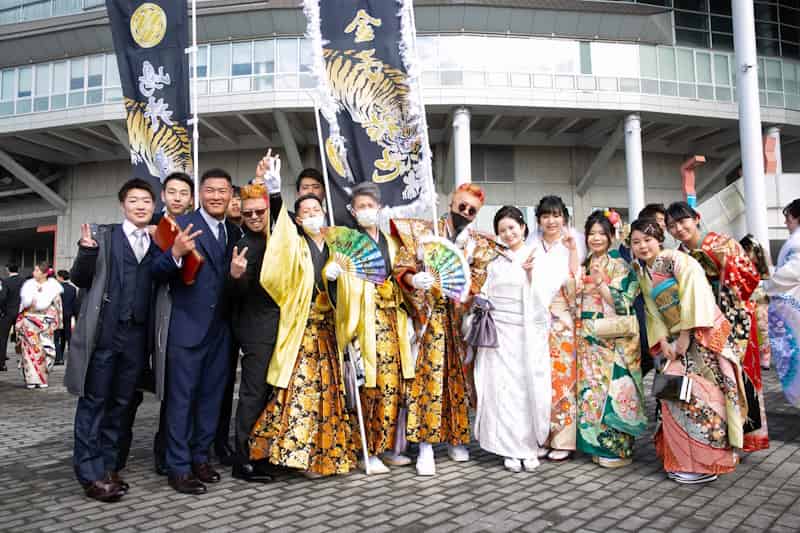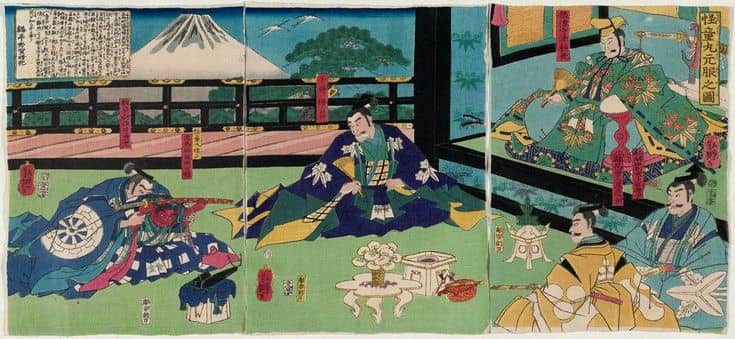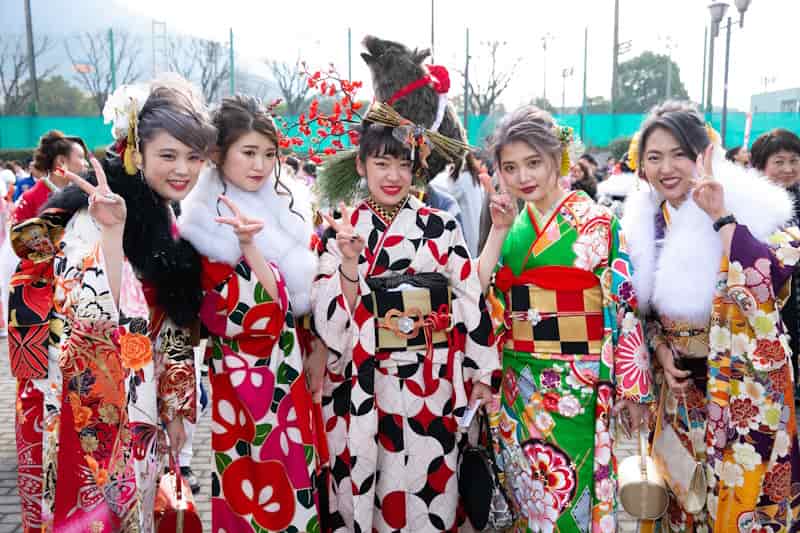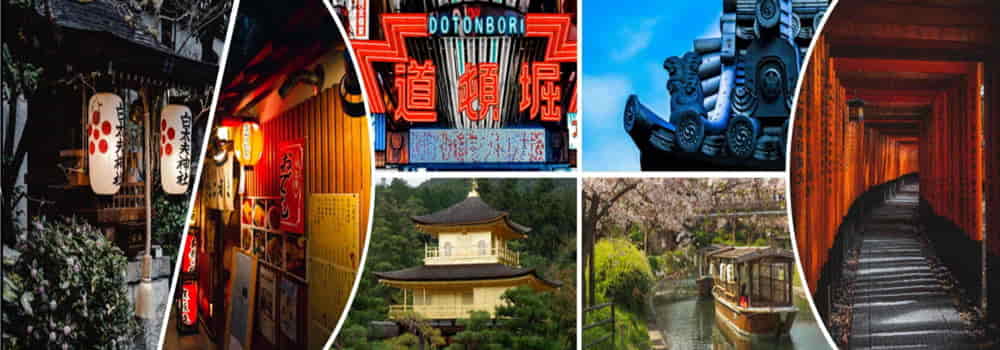Seijin no Hi 成人の日 History, Celebrations and Curiosities. An ancient tradition that has been handed down

Japanese culture brings with it centuries of traditions which over time have adapted to the society and trends of the time, one of these, among the most significant, is "Seijin no Hi" or Coming of Age Day. Let's find out more about this fascinating tradition that has been handed down for centuries.
The Seijin no Hi 成人の日 holiday occurs a few days after the start of the new year and was originally celebrated on January 15, but since 2000 it has been moved to the second Monday of the same month. This festival celebrates, or rather celebrated (find out later why), all the boys and girls who have turned twenty, calculated starting from April 2nd of the previous year to April 1st of the current year.
A bit of history:
The origins of Seijin no Hi can be traced back to the Heian period (794-1185), during which the age of majority was reached at 15 years old. Tradition has it that a boy tied his hair, wore an ebōshi 烏帽子 (typical Japanese hat) and changed his clothes, others tell of cases in which adults sometimes even changed their name. The Seijin no Hi celebration was then also extended to women who wore the mogi 裳着 (typical Japanese dress) for the occasion, knotted their hair and dyed their teeth black with iron. Seijin no Hi was originally celebrated mainly by aristocrats and warriors and was an integral part of the genpuku 元服 ceremonies (which regulated the passage of age).
In the Azuchi-Momoyama period (1573-1603), there was a further change in this tradition, where it was common to cut one's bangs once one reached adulthood. While in the period of the Meiji Restoration (1868-1889), where the greatest significant changes in Japanese society were witnessed, new limits were imposed for reaching adulthood (and therefore celebration).

After the war there were other important changes establishing the second Monday of January as the official date for Seijin no Hi, making sure to standardize and organize the celebration on a national scale (once decided individually by each town), bringing between another to the legal reform that increased the age of majority to 20 (sorry for the round of children).
The most radical change occurs starting from 1 April 2022, where the legal age has gone from 20 to 18 years, thus broadening the spectrum of participants in the celebration, girls and boys of 18, 19 and 20 years old gather to celebrate the their transition into adulthood, thus adding a more dynamic element to the holidays.

Traditional Ceremonies and Rites:
Seijin no Hi is characterized by various ceremonies and rites that highlight the transition to adult life. Many young people wear traditional kimonos for the occasion, with young women often choosing lavish furisode 振袖, (long-sleeved kimono) while men opting for montsuki 紋付, haori 羽織 or hakama 袴. The ceremonies take place across the country, from small communities to large cities, and often involve motivational speeches, entertainment and the participation of local dignitaries.
The day is also an opportunity to capture lasting memories. Many participants take photographs with family and friends to capture this special moment. The photos often portray them in traditional clothing, there are photography studios that have sets specifically for these posed photos, but not only that, complete packages are provided for the girls ranging from hairstyle to make-up. It's a big business and a major expense for a family.

Celebrations and Nightlife:
After official ceremonies, many young adults celebrate their entry into adult life with friends and/or relatives. The streets of the cities come alive with colours, with restaurants and nightclubs that welcome new adults to celebrate even if they have to wait until they are 20 to drink alcohol, despite becoming adults at 18 (as for other things).
Knowing this tradition better, we can certainly say that Seijin no Hi is much more than a simple celebration of coming of age, it is a reflection of Japanese cultural traditions and the transition from youth to adulthood. This day offers young Japanese an opportunity to reflect on their responsibilities and aspirations for the future, as well as being a time of joy and celebration with the community.
Thanks to Misa and Satoshi who helped in the creation of this article by telling us their experience and providing us with the information for writing the post. Thanks friends
Image Source:
originalnews.nico

 English (United Kingdom)
English (United Kingdom)  Italiano (it-IT)
Italiano (it-IT) 


![[Review] Princess Toyotomiプリンセス トヨトミ](https://www.fukainihon.org//cache/mod_jt_contentslider/fdfb524f85518b9476158c79c8ea022f_328.jpg)


